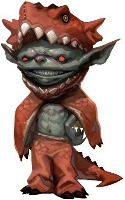
AS a player I have been in many games and as such have seen GMs use great maps for towns. buildings inside & out as well as great dungeon maps; I'd love to learn where these GMs are getting such great maps. I have searched Roll20 & the web with very little success on finding great maps either I'm looking in the wrong places or using the wrong key words. Please some one help me obtain great maps I can use for my games






